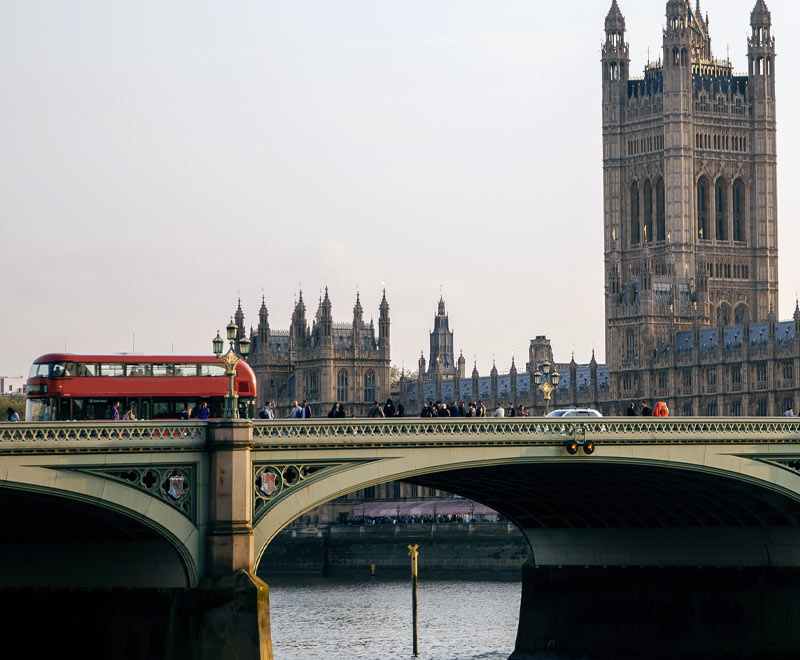After a tumultuous 48 hours in Westminster, Prime Minister Boris Johnson has emerged with a new-look cabinet to take on the highly complex and unenviable task of leading the UK out of the European Union by October 31.
Aptly dubbed ‘The Night of the Blond Knives’, the appointment of Johnson’s cabinet has divided opinion, leaving sacked Ministers on the backbenches and a number of leading Brexiteers sitting pretty in the top-jobs in Government.
Here are the five things to note:
-
Loyalists and Brexiteers
You only have to look back at very recent history to see how chaotic and messy a cabinet reshuffle can be. One can challenge the individual appointments, but it is undeniable that Johnson’s first move as Prime Minister has gone off without a hitch.
Speed and decisiveness are important in these situations, but the most critical factor is coherence. In this case, Johnson has packed his cabinet and advisory team with Brexiteers and loyalists, all of whom appear to be firmly signed up to his Brexit strategy. Dominic Raab has been given a lofty promotion to Foreign Secretary and de-facto Deputy Prime Minister all the way from the backbenches, while former City Hall colleagues from Johnson’s time as Mayor of London have been rewarded too.
-
City Hall vs Vote Leave
Although Johnson will expect his team to be loyal to his core issue, he will need to factor in the fractious nature of leading a team built from two very different backgrounds. His team from City Hall, who have made up much of his advisory and media team, are pragmatic, canny operators who were able to bring colleagues and voters from opposite ends of the political spectrum on board with Johnson as Mayor of London.
On the other side, the infamous Dominic Cummings and Matthew Elliott have been recruited back into Government alongside a swathe of former Vote Leave staffers. Expect sparks to fly as the two cultures clash and control of Johnson’s agenda trades hands between the two core groups.
-
No room for dissent
Crucially, almost all of the names around Johnson’s cabinet table are trusted to stick with his ‘do or die’ plans for Brexit, which are going to have to be fast-tracked over the course of the next three months if he is going to live up to his campaign pledges on leaving the EU on time.
Cabinet unity on this core issue will be a stark contrast to Theresa May’s attempts to create a broad cabinet that reached across both sides of leave and remain, which ultimately ended up leaking, briefing and undermining her authority. Expect to see much of this sort of activity coming from the Conservative backbenches instead, as disgruntled former Ministers look to block the possibility of a no-deal exit and gain some revenge on the man who displaced them.
-
Election ready
Both Johnson’s cabinet appointments and his early set piece speeches have made clear that he sees a General Election as a real possibility. With a working majority of just two MPs in the House of Commons, a by-election on the way in August and a number of anti-Brexit MPs on his own benches, Johnson knows he is going struggle to pass any deal through the Commons, let alone a no-deal scenario.
His speeches have focused on large-scale popular, vote-winning domestic policies; rolling out an incredibly ambitious broadband programme; increasing police numbers (something first proposed by Javid in the leadership contest); upgrading over 20 hospitals; and boosting funding for schools. Likewise, Cabinet appointments such as Patel, Raab and Rees-Mogg now give him the opportunity to outflank the Brexit Party on their own core issue in a way May’s Cabinet couldn’t. The huge risk with this strategy is that more liberal, one-nation Tories will head the other way to the reenergised Liberal Democrats – something that has been reflected in early polling.
-
Making the case for business
Despite Johnson’s infamous ‘f*** business’ remarks and the ongoing Brexit-induced business uncertainty, Johnson’s Cabinet will likely embrace the business community in a way May’s administration never did.
From Johnson, Liz Truss and Matt Hancock, the Cabinet is made up of a number of figures who want to create a more competitive environment for business – cutting business rates, reducing taxes and increasing productivity through a targeted increase in public spending. Expect to see Sajid Javid open the Treasury taps as tax policy is reformed, education funding increased, and regional economic development fast-tracked across the UK.




